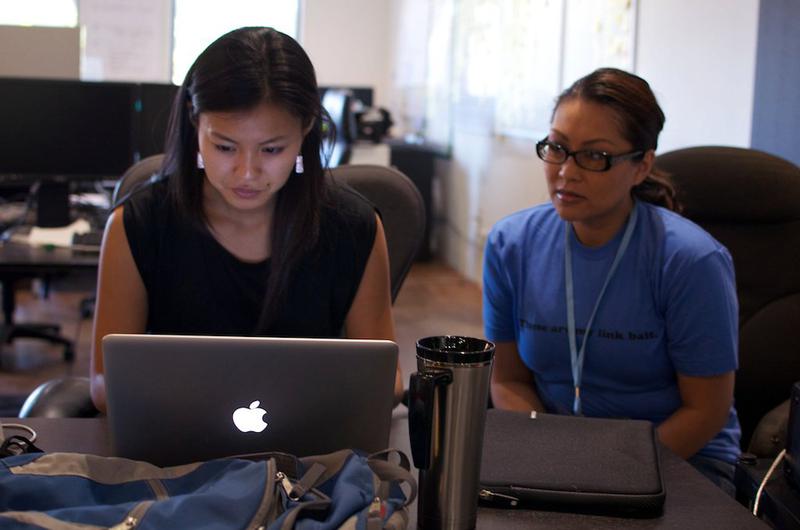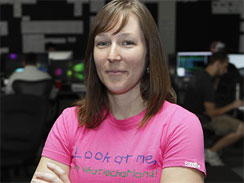"It's not personal, it's business."
"It's a dog eat dog world."
"We work directly with competitors."
One of these is not like the other and in the rapidly changing world of business, the separation can make a world of difference.
It's no secret that collaborative workspaces often attract many coworkers and companies from similar industries. It's a natural fit with the work styles of many knowledge workers (designers, developers, marketers, writers, etc).
So how do these individuals and companies coexist when, technically, they are direct competitors?
Let's use an example from a more traditional industry – automotive. Everyone is familiar with their local Auto Mall – lot after lot of shiny new cars and a giant sign advertising all the dealers. What makes these competing dealers willing to buld right next to each other is simple – cost sharing. It's cheaper to have one rail line or one truck stop for shipping vehicles to the dealers. The proximity is also beneficial for drawing customers. Eliminating trip time encourages buyers to shop around, as opposed to settling with the only dealer they can visit for the day.
Very similar principles apply to coworking – proximity to talent, cost sharing and most importantly, collaboration.
At Gangplank, we see examples of collaboration over competition every day. Within our permanent companies, known as Anchors, we have three Design & Marketing firms and three web development companies. Often, these companies are pitching the same client. Yet somehow, each Anchor has grown in the last year.
How does it work?
Drawbackwards and Forty Agency are two of our design/marketing companies that attract similar clients. In the past, Forty and Drawbackwards have actually pitched the same client at the same time. The purpose of this exercise is two-fold. One, it shows both company's care about the client's time. By pitching at the same time in the same place, the client has saved travel and meeting time. Two, it allows each company to gauge its performance and learn from each other. Secrecy keeps companies from knowing what's out there and how to compete. It stunts growth for everyone. By being open about their respective businesses and how they attract clients, both Forty and Drawbackwards have been able to improve, learning from each other's work.
Additionally, these two small businesses have often teamed together to be able to attract larger contracts. One their own, they wouldn't be able to handle the work. Together, they have the opportunity to challenge their staff and raise the image of their individual companies.
There's a misconception that collaboration comes at the expense of making a profit. Here at Gangplank, our Anchor companies are proof that working directly with competitors has lead to more contracts and opportunities then if they siloed their business.
How have you seen this value manifest? How has your company worked with competitors that has benefited you?









